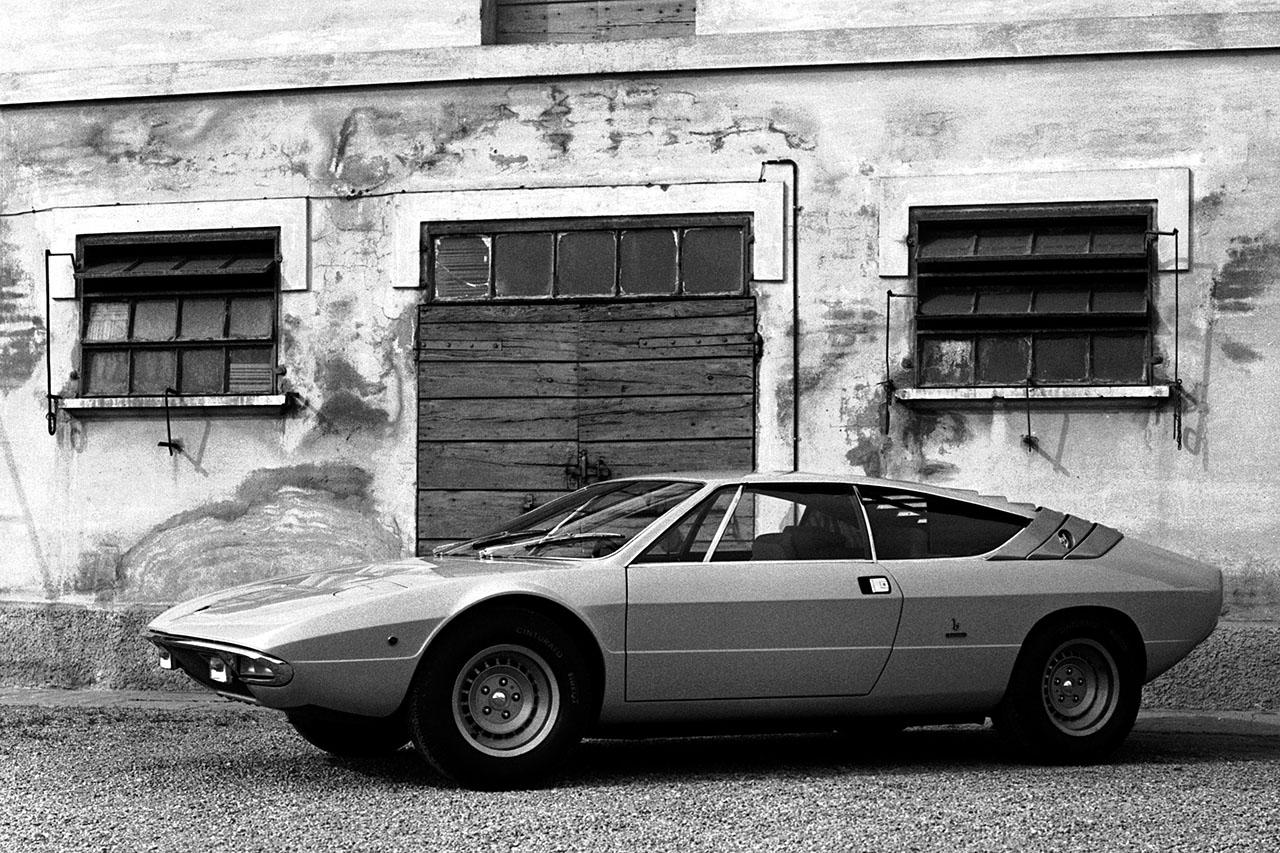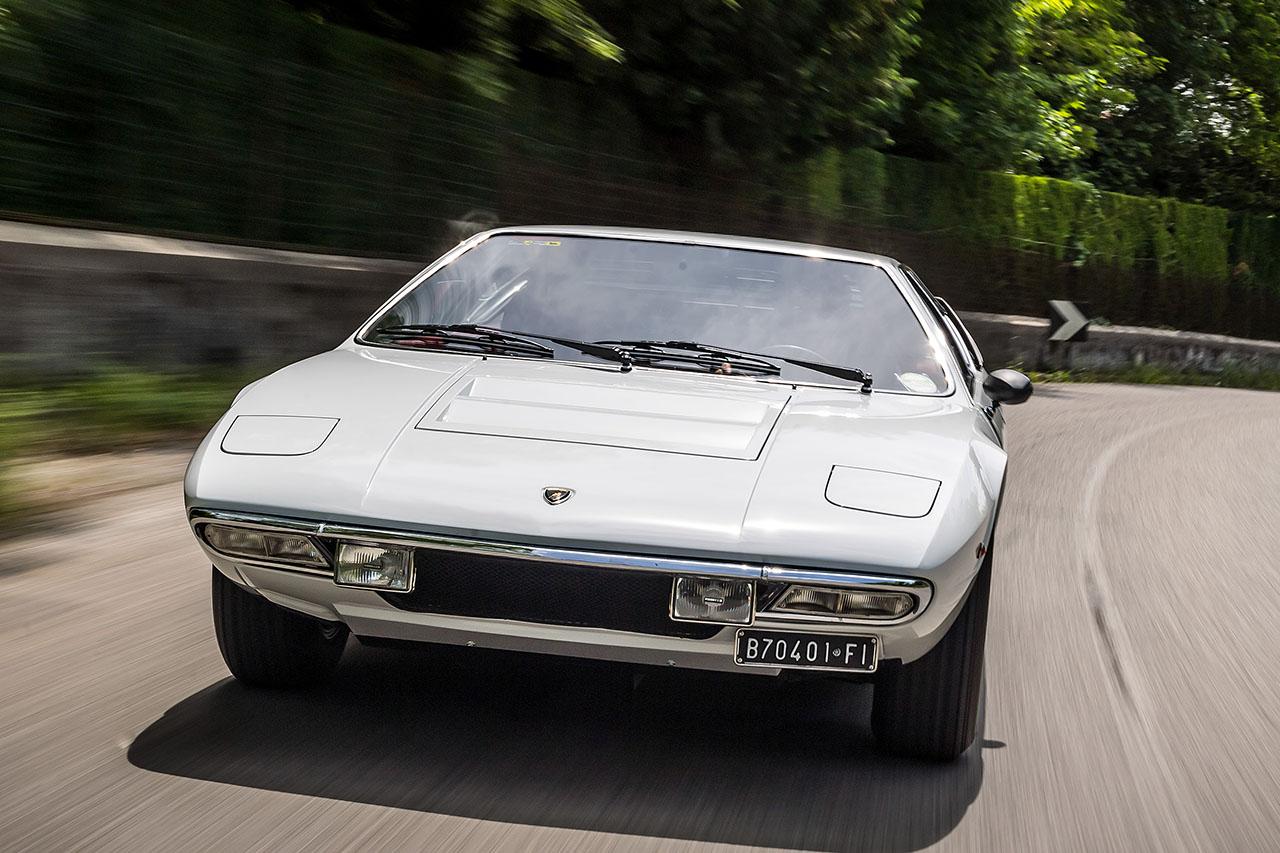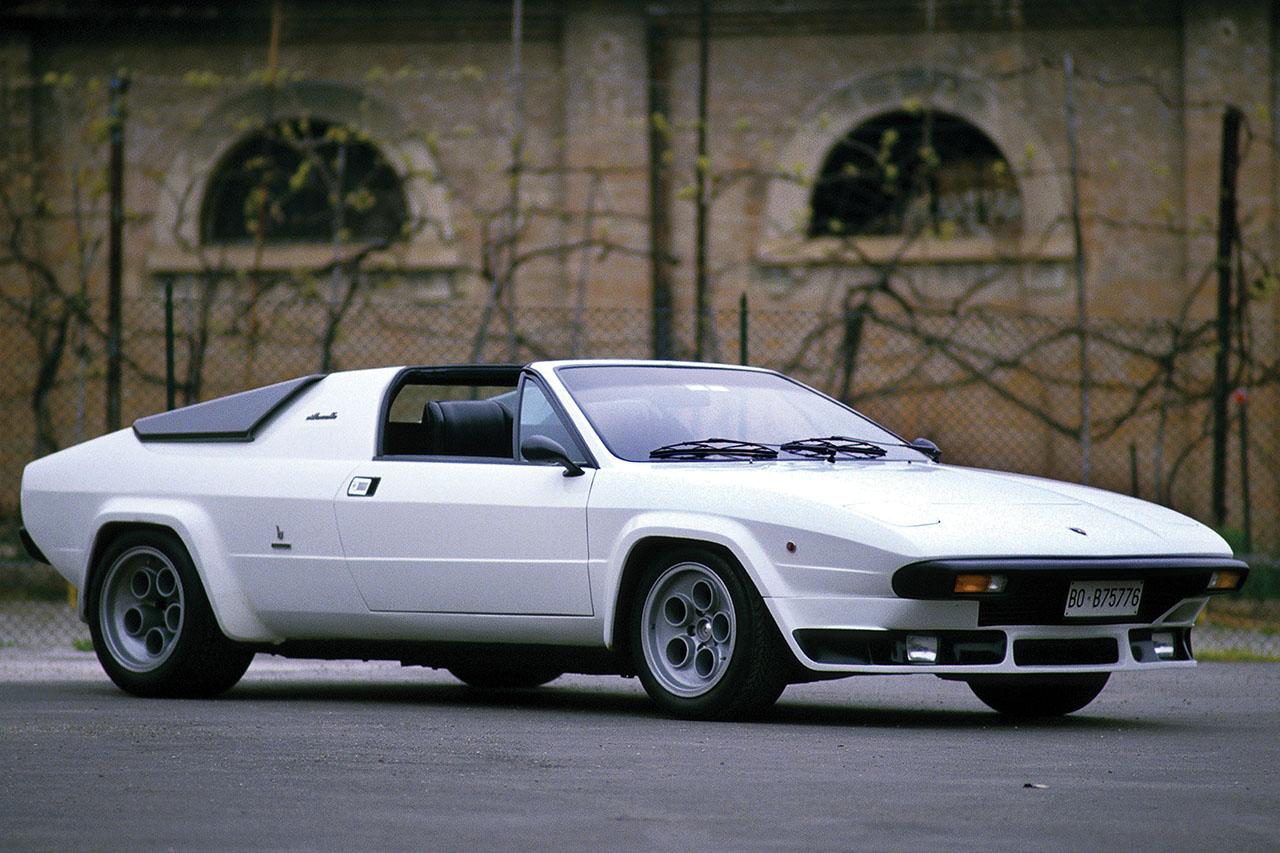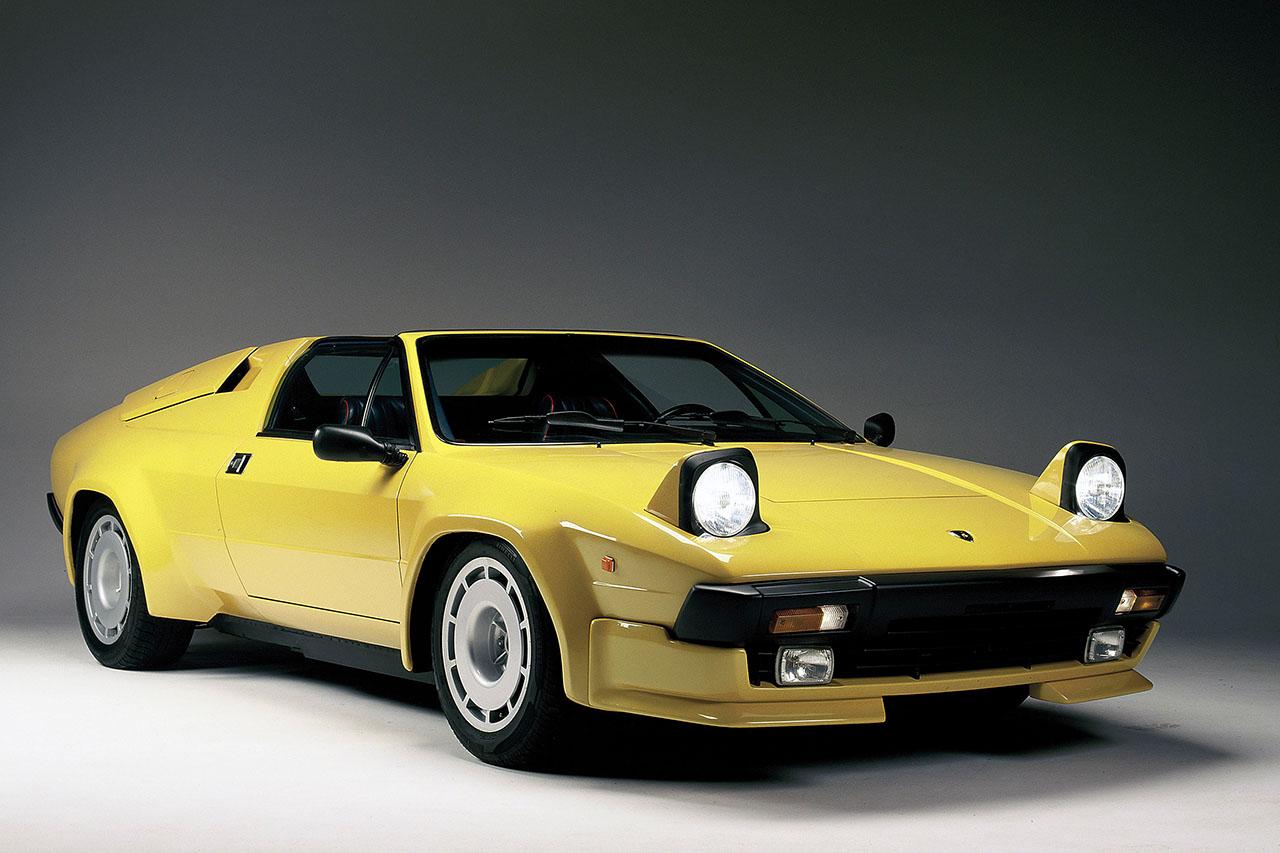Today we have the Lamborghini Huracan, a V10 supercar from Sant’Agata that took over the reign from the Lamborghini Gallardo back in 2014, after 14,022 units of the first V10 Lamborghini were built between 2003 and 2014 … but neither were Lamborghini’s first entry into a more affordable model for those that didn’t want to go for the V12 flagship model … that honor went to the Lamborghini Urraco, which was introduced at the Turin Motor Show in late October of 1970 … 50 years ago.
So the Lamborghini Urraco P250, which was the first Lamborghini production model to use a V8 engine instead of the majestic V12, celebrates her 50th anniversary now, 5 decades ago the seeds for the current V10 model were planted, using a design by none other than Marcello Gandini, from Carrozzeria Bertone, this ‘baby Lamborghini’ would be available for customers next to the beautiful Miura and the legendary Countach.

While the Miura and the Countach were fully hand-built exotics, the production process for the Lamborghini Urraco would be simplified to make sure costs could be kept as low as possible so they could sell this V8 Bull to a wider audience of car enthusiasts, the Urraco was intended to be a valid counterpart to the Porsche 911 and the Dino 246 at that time, and on paper, the Urraco was indeed the best choice.
In the early Seventies the Lamborgini Urraco P250 offered 220 hp at 7800 rpm from her V8 2.5-liter engine, the Porsche 911 S would deliver 190 hp from a 2.4-liter engine while the Dino 246 came with 192 hp, also from a 2.4-liter V8 engine, so the Urraco was the more powerful at that time.
The initial model for the Lamborghini Urraco was the P250, for Posteriore 2.5 liter displacement, built between 1970 and 1976, in October 1972 an improved Urraco S was introduced, using a full leather upholstery, powered windows that were now also tinted and optional metallic paint was available while the engine received new Weber 40 DCNF carburetors for cars with no emission control.
The final evolution of the initial Urraco was the Tipo III, in fact, nothing else than the US legal version of the Urraco, featuring large black bumpers, different taillights, and a down-rated engine with only 180 Bhp instead of the earlier 220 bhp, in the end, a total of 520 Lamborghini Urraco P250 would leave the factory doors in Sant’Agata.

Only 4 years after the introduction of the Urraco, the 1974 Turin Motor Show would bring two evolutions of the first Lamborghini V8, the Urraco P200 which was made specifically for the Italian market, using a smaller, 2-liter V8 engine with 182hp to avoid high taxes for larger engines, and the Urraco P300 that came with a larger, 3-liter V8 engine and a power increase to 265 hp.
In the end, the total production number of the Lamborghini Urraco would reach 776 units, 520 of these were the P250, only 66 of the P200 were built between 1974 and 1977, and the final evolution, the P300 would reach 190 units by 1979 … but the V8 adventure wasn’t over yet, even when the Urraco P300 was still in production, Lamborghini came up with something brand new.

At the 1976 Geneva Motor Show Lamborghini unveiled the absolutely stunning Silhouette, a 3-liter V8 powered evolution of the Urraco … but now with only two seats, and a removable roof panel, making the Silhouette the first production model from Lamborghini that could be driven topless, unfortunately between 1976 and 1979 only 52 of these amazing looking V8 convertibles were sold.
It would be 1981 before Lamborghini introduced their final V8 model, the 3.5-liter Jalpa that should have become a big selling option next to the Countach … but next to this V12 masterpiece, the Jalpa just didn’t look as outrageous or intimidating, still the Jalpa managed to sell 410 times before the model was canceled in 1988.

Lamborghini would not bring out another entry-level model until the 2003 Gallardo, now with a V10 engine, the Lamborghini Gallardo would become the best-selling Raging Bull ever for the small company from Sant’Agata by 2013 … considering all models built since 1963 at Sant’Agata the Gallardo series accounts for almost half of the entire production over those 50 years.



